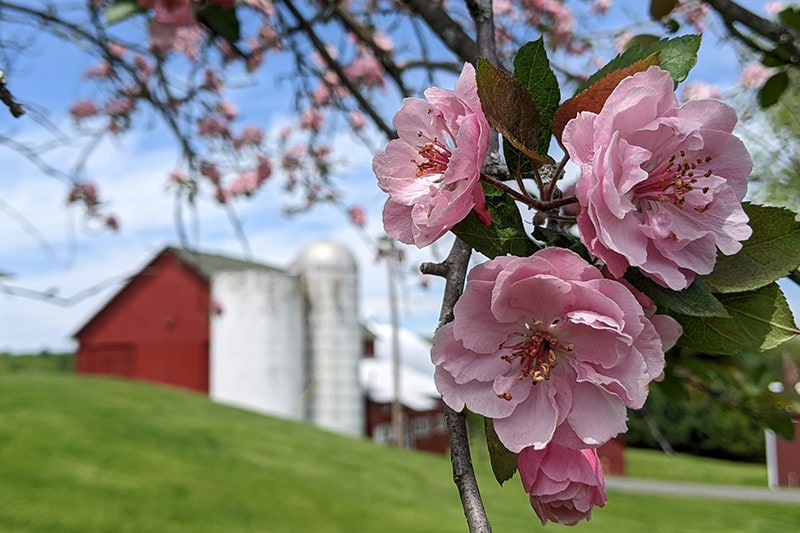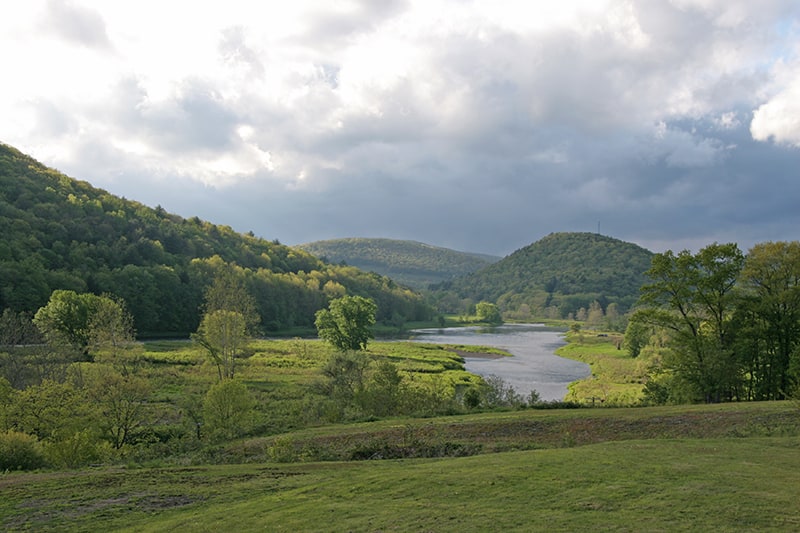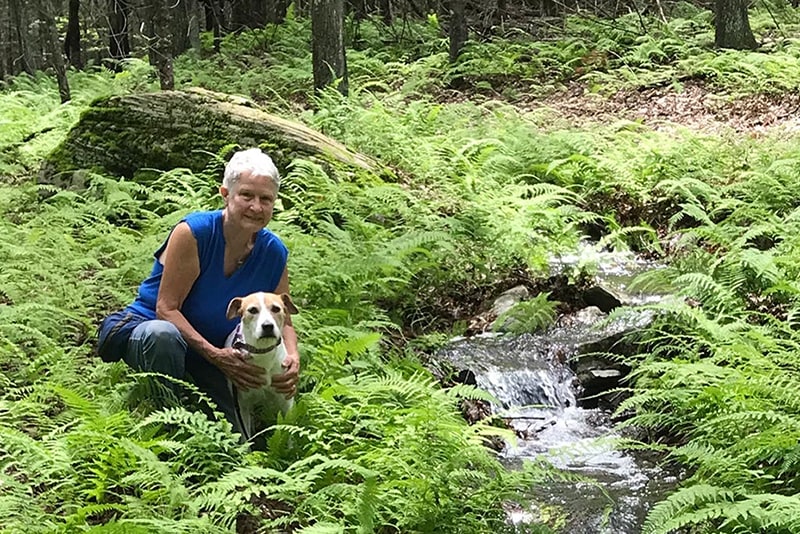Frequently Asked Questions: Stewardship
After your Easement is finalized, the Conservancy’s Stewardship Staff become your primary point of contact. Stewardship Staff conduct the annual monitoring visit to your property and are available to answer questions you may have about caring for your land. You’ll also receive our special LandLines newsletter with tips and information for easement owners and become part of a great community of members and volunteers who are thrilled you’ve taken this important step to protect your land.
Prior to making any changes to the property (e.g. building a new structure, conducting a timber harvest, creating new habitat such as a pond) you should contact Stewardship Staff to discuss your plans and allow the Conservancy to ensure they are in line with the terms of your Conservation Easement.
Stewardship Staff should also be contacted before you sell, transfer, or lease your land, or regarding any major changes to the property that may be a result of a third-party or natural event.
Each year, you will receive a notice from Stewardship Staff to schedule a time to visit your property. Prior to the visit, you will be asked to complete the Monitoring Form which provides Stewardship Staff with any updates such as recent or planned changes or the status of natural features such as forested areas and waterways. Stewardship Staff, typically accompanied by a volunteer, will walk your land with you (if you choose to join) to discuss these points, update photo documentation of the property, and assess the status of the conservation values.
Land conservation is a partnership, and we strive to find cooperative, voluntary solutions to easement compliance issues.
Stewardship Staff will work with you to address any issues that are discovered during the annual monitoring visit, or at any other time, as well as provide resources, information, or relevant contacts as needed.
Please contact our Stewardship Staff if you wish to obtain additional signage for your land. The Conservancy is able to provide signage that indicate the boundaries of the Conservation Easement. Assistance with placing boundary signs during your annual monitoring visit is available upon prior request.
Delaware Highlands Conservancy has a rigorous review process in place to carefully review amendment requests and to ensure that any amendment supports the conservation easement’s purposes and values, a process which conforms to national Land Trust Alliance standards and practices, and with federal law. Please contact the Stewardship Staff with questions or for more information about amendments.
Conservation easements are intended to protect land in perpetuity. However, situations that landowners or the Conservancy could not have anticipated may arise; in these cases, it may be necessary to amend the easement. An amendment is made to strengthen an easement’s conservation values or to clarify intentions of the landowner and improve enforceability. Easements may not be amended to be less restrictive. Conservation Easements are perpetual agreements that run with the property and cannot be terminated.
If your question is not answered by the above FAQs, please contact Stewardship Staff. We will also add your FAQ to this list to help conservation easement landowners who may have the same or similar question.

When we see land as a community to which we belong, we may begin to use it with love and respect.
Aldo Leopold
Wildlife ecologist, naturalist, & forester





